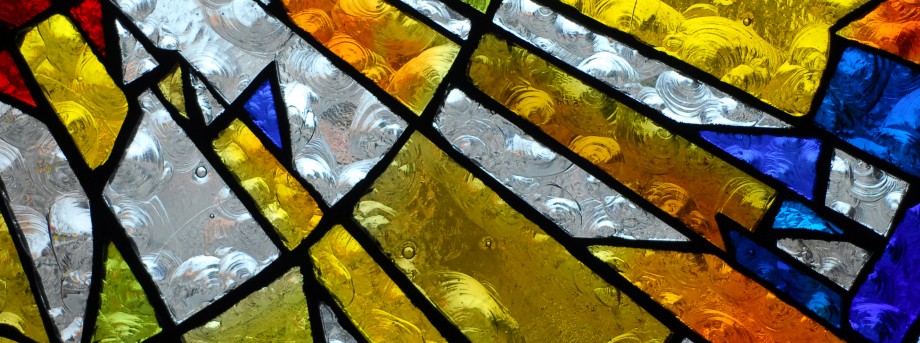The University of Nottingham
 Exchange online
Exchange online
Research Exchange
New light shed on history of ancient glass

It’s an everyday material we take for granted but now the secrets of how we came to benefit from the many uses of the most unique of substances… glass, are revealed in a new book by a world-leading archaeologist from The University of Nottingham.
The beautifully illustrated Cambridge University Press volume, ‘Ancient Glass’, by Professor Julian Henderson, is the first monograph of this versatile composite material to combine forensic investigational techniques from both the sciences and the humanities.
The book examines why and how glass came to be invented in the Bronze Age and reveals the ritual, social, economic and political contexts of its development across the world up to the 17th century AD.
Appliance of science
From small glass vessels and glass jewellery of the ancient world to the later mass production of containers after the invention of glass-blowing and the production of cathedral and church windows, glass objects have been used for a variety of functions for at least 3,500 years.
Julian Henderson’s investigations also include a detailed scientific exploration of the provenances of ancient glass using isotopic evidence for the first production of late Bronze Age glass and its trade in the Mediterranean. This part of the research was featured in the prestigious academic journal, Science, and was Editor’s Choice in that edition… no mean feat for a Humanities-based subject.
Illuminating ancient societies
Professor Henderson, an expert in innovative techniques in the analysis of archaeological materials, said: “The application of science to ancient glass research illuminates ancient societies in new ways. The exciting part of this research using forensic techniques is when a wide range of fascinating new features about past societies, economies, cultures and even rituals are revealed. As the social and ritual values of glass changed from its first prestigious use as a ritual material to its massive-scale use as tableware and containers this is reflected in the ways in which it was made and traded.”
‘Ancient Glass’ tells the story of the earliest production of this transparent, refractive and colourful material, how early artisans learned to heat the two main ingredients, silica sand and plant ash which served as a source of soda-lime flux that decreased the melting point of the glass. The story focuses on three contrasting archaeological and scientific case studies: Late Bronze Age glass, late Hellenistic–early Roman glass, and Islamic glass in the Middle East. Using isotopic and chemical techniques discoveries are reported about provenance, primary production, raw materials and trade.
Julian Henderson is Chair of Archaeological Science in the Department of Archaeology at the University of Nottingham. The author of The Science and Archaeology of Materials, he has published more than 200 contributions to books and journals, including in Antiquity, the Journal of Archaeological Science, the Journal of Glass Studies and the Journal of Analytical Atomic Spectroscopy.
‘Ancient Glass’ by Prof Julian Henderson is published by Cambridge University Press ISBN-10: 1107006732 and ISBN-13: 978-1107006737.
Leave a Reply
Other

Top prize for quantum physicist
A University of Nottingham physicist has won a prestigious medal from the Institute of Physics for […]

Zero carbon HOUSE designed and built by students comes home
Design and construct a low cost, zero carbon, family starter home, transport it to Spain, build […]